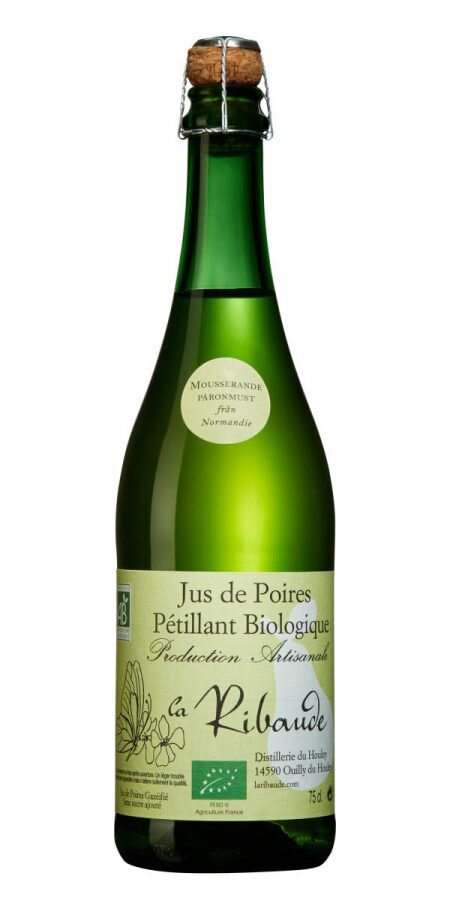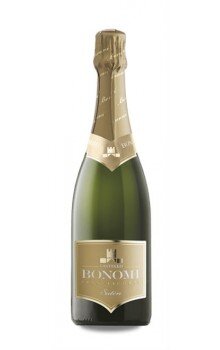Newsletter 11
The Vineyard
Manual harvest of Sauvignon Kretos
The first harvest at Långmyre Vineri is done! We are so happy with the result and got to share the harvest with family and eager, voluntary helpers. To those who came and helped us during these days - thank you! To those of you who couldn’t participate this year, or missed the information, there will be many more opportunities in the coming years.
In August and September we had high temperatures and a nice mix of sun and rain, which gave the vines a chance to recover from yet another dry summer and focus on letting the fruit mature. The hope was to be able to start the vinification of a white, red, sparkling and rosé wine. Considering the fairly cold summer we had careful hope of enough fruit for the red, but actually ended up making almost double as much as anticipated! Merlot Kanthus is so far showing great potential of producing high quality fruit for both red and rosé.
Rows of Merlot Kanthus during an incredible October day, with shifting colors towards yellow and red.
We have tried to estimate the volume of our first harvest, but with limited experience of these varieties and the extremely varied establishment of the vines it has been very hard to know with certainty the quantity of grapes hanging in the vineyard. We ended up picking less than we had expected, but we are still very content with the quality of that fruit and that is the most important. Each year the harvest will grow exponentially and we will take it step by step.
The vineyard is now entering winter sleep, loosing all the leaves and resting until beginning of spring 2021. Most vines are durable to low temperatures and our varieties are resistant to down to -24°C, giving very little worry about the coming winter season. In fact, cold temperatures lower the risk of premature bud break and help reduce disease pressure.
The Winery
Harvest began on October 6th and we picked during three different occasions. The varieties mature at different speed and depending on the wine you are planning to make you need to pick the grapes at different levels of maturity.
From the first day of harvest we started the process of making a red and white wine. The white was destemmed, pressed and left cold over night to settle before fermentation was started keeping a constant temperature of 17°C. Temperature is key in extracting the desired aromas from fermentation and we want to have a good balance fruitiness and varietal aromas. The lower the temperature, the more fruit you get out and we wanted to be somewhere in the middle. For the red we decided to work as manually and carefully as possible. We destemmed the clusters by hand and then let the grapes ferment in an open barrel, manually pushing down the skins to soak three times a day. This kind of treatment is the most gentle imaginable, letting each grape open and ferment individually giving soft tannins, lots of fruit and a slow fermentation. Only the most prestigious wineries in the world are able to use this highly time consuming technique.
Destemming 130 kilos of grapes by hand, a delicate and hard work.
The second day of harvest was spent picking the grapes for the rosé and another white. Both wines were destemmed, pressed and left cold to settle over night before starting fermentation at low temperatures. The aim is to produce two wines ready to drink during spring 2021.
A first taste of the first white wine, a once in a lifetime moment!
The third and last day of harvest was on the 17th of October and we picked the last few clusters of green grapes and another batch of Merlot Kanthus for red wine. This time the red wine was started ‘‘normally’’ by destemming and crushing and letting the must start fermentation on a stainless steel tank. The hope was to have enough green grapes to start a batch of base wine for sparkling, but because of the small quantity this year we will have to wait until next vintage.
All wines are now dry, meaning there is less than 3 g of residual sugar/litre and fermentation as stopped. The white wines have been blended together as in now stabilising on stainless steel tank, as is the rosé. The red is going trough malolactic fermentation, lowering the acidity, softening tannins and stabilises the wine for storage. The red wine will be ready to drink in the fall of 2021.
With low quantities of wine, selling is tricky. We want as many as possible to be able to taste the first vintage and we will most likely keep as much as possible of the wines in the winery to offer them in wine tastings. How and when these will be offered will be communicated later on.
Attention around Långmyre Vineri and Swedish wine
A new book as been released by Alf Tumble, called Vin med ny adress. The book contains information about wines from the even newer world and Sweden is of course among the featured countries. All though we haven’t released a wine yet we have still been added to the map and list of Swedish vineyards and wineries. The book is available in most book store and will definitely be our go-to Christmas present this year!
Långmyre Vineri has also been in several articles during the late summer and fall, front page of the local newspaper Gotlands Tidningar and a in-depth article in the magazine Horisont being among them. The article in Gotlands Tidningar can be read by subscribers here and an extract of the text from Horisont can be read here.
Gotlands Tidningar 23 oktober 2020
Best wine right now
La Ribaude - Jus de Poires 2016 Art. nr 1957, 43 SEK
Castello Bonomi - Franciacorta Satèn Brut Art. nr 71063, 376 SEK
December is usually filled with moments of celebration, and wether you spend them with friends and family or in quarantine it is almost always more fun with a glass of sparkling. For those who are looking for a non alcoholic alternative we highly recommend the pear cider from La Ribaude. It is an elegant cider with a bready character, that is just fruity enough without resembling a soda. If you are into a sparkling wine and love the traditional method a Franciacorta is the perfect answer for those who are willing to look outside of france. Franciacorta is the italian version of the Champagne and there are endless alternatives to chose from. A Satèn Brut is a special product from the Franciacorta region made from 100% Chardonnay. Satèn means “silk” and these wines are much softer than the ordinary Franciacorta or Champagne due to a lower pressure in the bottle. Castello Bonomi is a great option if you are up for something new.




